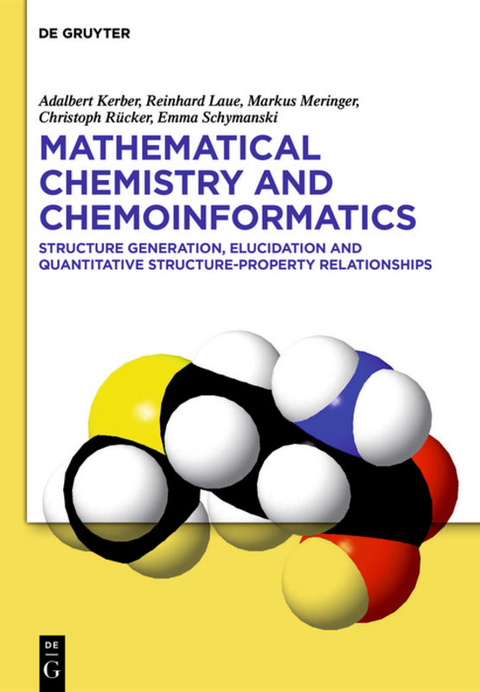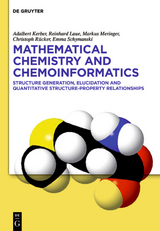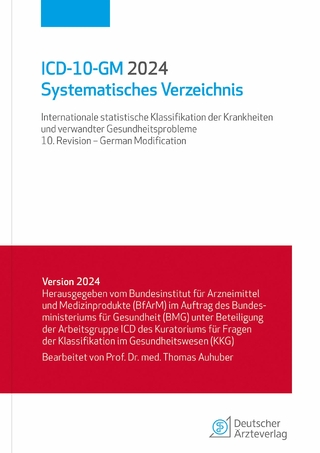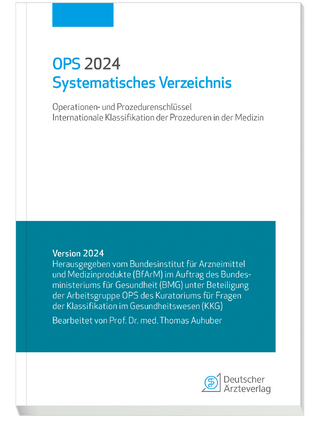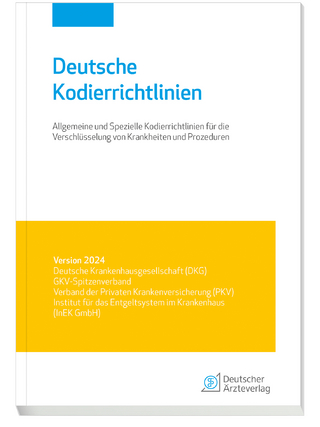Mathematical Chemistry and Chemoinformatics
De Gruyter (Verlag)
978-3-11-030007-9 (ISBN)
A.Kerber, R.Laue, U. Bayreuth; M.Meringer, DLR Oberpfaffenhofen; C.Rücker, Leuphana U. Lüneburg; E.Schymanski, EAWAG Dübendorf
Chapter 1: Molecules in silico
1.1 Graphs, labeled and unlabeled 1.2 Molecular graphs, constitutional isomers 1.3 Summary
Chapter 2: Substructures, reactions, descriptors
2.1 Substructures 2.2 Molecular substructures 2.3 Chemical reactions 2.4 Mesomerism 2.5 Existing chemical compounds 2.6 Molecular descriptors 2.7 Summary
Chapter 3: Chirality
3.1 Orientation and chirality 3.2 Permutational isomers 3.3 Permutational isomers by content, in particular by racemic content 3.4 Enumeration by symmetry 3.5 Constructive aspects 3.6 Summary
Chapter 4: Stereoisomers
4.1 Stereoisomers 4.2 Radon partitions 4.3 Binary Grassmann-Plücker relations 4.4 An example, cyclohexane 4.5 Summary
Chapter 5: Molecular structure generation
5.1 Formula based molecular generation 5.2 Reaction based structure generation 5.3 Examples: Combinatorial libraries 5.4 Generic structural formulas 5.5 Example: Patents in chemistry 5.6 Canonizing molecules and graphs 5.7 Data structure for molecular graphs 5.8 Summary
Chapter 6: Supervised statistical learning
6.1 Variables and predicting functions 6.2 Models for predicting functions 6.3 Summary
Chapter 7: Structure-property relationships
7.1 Optimization of experiments in combinatorial chemistry 7.2 The use of molecular descriptors 7.3 Quantitative structure--property relationships 7.4 Example: Boiling points of alkanes 7.5 Example: Physical density of propyl acrylates 7.6 Example: Antibacterial activity of quinolones 7.7 Remarks on the real library 7.8 Summary
Chapter 8: Molecular structure elucidation
8.1 Spectroscopic methods 8.2 The principle of automated molecular structure elucidation 8.3 Basics of mass spectrometry 8.4 Ranking functions for mass spectra 8.5 Classification of mass spectra 8.6 Automated structure elucidation via MS 8.7 High resolution MS 8.8 Molecular formulas from high-resolution MS and MS/MS 8.9 Summary
Chapter 9: Case studies of CASE
9.1 Automated structure elucidation with MOLGEN-MS 9.2 Calculated properties to improve CASE 9.3 Examples of CASE at work
Chapter 10: Appendix
10.1 Lists of molecular descriptors 10.2 Substructures for MS classifiers 10.3 Molecular formulas, according to mass and ion type 10.4 Isomers, by formula and mass 10.5 Summary
| Erscheint lt. Verlag | 13.12.2013 |
|---|---|
| Zusatzinfo | 124 b/w ill., 70 b/w tbl. |
| Verlagsort | Berlin/Boston |
| Sprache | englisch |
| Maße | 170 x 240 mm |
| Gewicht | 1008 g |
| Themenwelt | Informatik ► Weitere Themen ► Bioinformatik |
| Mathematik / Informatik ► Mathematik ► Angewandte Mathematik | |
| Naturwissenschaften ► Chemie ► Physikalische Chemie | |
| Schlagworte | Chemoinformatics • combinatorial chemistry • Mass Spectra Classification • Mass Spectrometry • Mathematical Chemistry • Mathematical Chemistry; Chemoinformatics; Molecular Structure Generation; Mass Spectrometry; Molecular Graph; Combinatorial Chemistry; Molecular Descriptor; Quantitative Structure-Property Relationship; Molecular Structure Elucidation; Mass Spectra Classif • Mathematische Chemie • Molecular Descriptor • molecular graph • Molecular Structure Elucidation • Molecular Structure Generation • Quantitative Structure-Property Relationship |
| ISBN-10 | 3-11-030007-9 / 3110300079 |
| ISBN-13 | 978-3-11-030007-9 / 9783110300079 |
| Zustand | Neuware |
| Haben Sie eine Frage zum Produkt? |
aus dem Bereich
